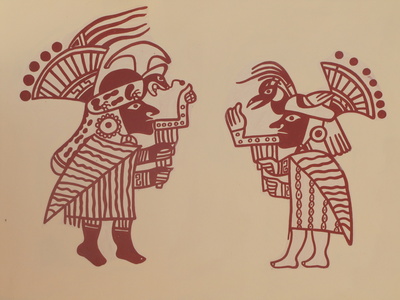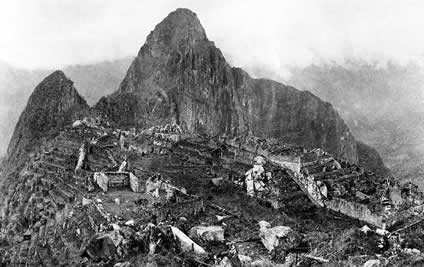|
 The Citadel of Machu Picchu is as we know today this fortress from the Inca Empire whose ruins date from the 1300 DC. However, "Old Mountain," as its translation indicates, comes from the indigenous language Quechua. This native language is still being used in some villages in the southern part of the country, where this city is well known as the greatest Machu Picchu. The Citadel contains the remains of the ancient settlement formed by this village part of the Inca civilization, located at the east side of the valley constituted by mountain systems, Machu Picchu and Huayna Picchu, and the Central Andes in the South of the country. This geographical location on the eastern slope of the Cordillera de Vilcanota, just 80 kilometers from the city of Cuzco, still holds many of the remains and ruins built on stone that are all over the slopes of these mountain systems, presenting the different periods of the Inca civilization that left their traces and treasures at the Citadel of Machu Picchu. The Citadel of Machu Picchu is as we know today this fortress from the Inca Empire whose ruins date from the 1300 DC. However, "Old Mountain," as its translation indicates, comes from the indigenous language Quechua. This native language is still being used in some villages in the southern part of the country, where this city is well known as the greatest Machu Picchu. The Citadel contains the remains of the ancient settlement formed by this village part of the Inca civilization, located at the east side of the valley constituted by mountain systems, Machu Picchu and Huayna Picchu, and the Central Andes in the South of the country. This geographical location on the eastern slope of the Cordillera de Vilcanota, just 80 kilometers from the city of Cuzco, still holds many of the remains and ruins built on stone that are all over the slopes of these mountain systems, presenting the different periods of the Inca civilization that left their traces and treasures at the Citadel of Machu Picchu.
|
|
 The international community of archaeologists has attributed the discovery of the Citadel of Machu Picchu American expeditionary and Dean of the history department at Yale University, Hiram Bingham, also recognized as a famed anthropologist, who started to study archaeology just as a hobby. Hence, on July 24, 1911 is designed to be the day of the archaeological discovery of the Citadel of Machu Picchu by Hiram Bingham, although still being debated if you have to attribute such an honor since, the archeology remains are several inscriptions dating from the 14 July 1901 where can be seen clearly recorded in the ruins of these names to other visitors whose names are Enrique Palma, Gabino Sánchez and Agustín Lizárraga. The international community of archaeologists has attributed the discovery of the Citadel of Machu Picchu American expeditionary and Dean of the history department at Yale University, Hiram Bingham, also recognized as a famed anthropologist, who started to study archaeology just as a hobby. Hence, on July 24, 1911 is designed to be the day of the archaeological discovery of the Citadel of Machu Picchu by Hiram Bingham, although still being debated if you have to attribute such an honor since, the archeology remains are several inscriptions dating from the 14 July 1901 where can be seen clearly recorded in the ruins of these names to other visitors whose names are Enrique Palma, Gabino Sánchez and Agustín Lizárraga.
|